
Showing all 10 books

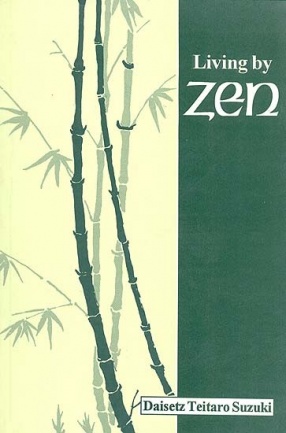
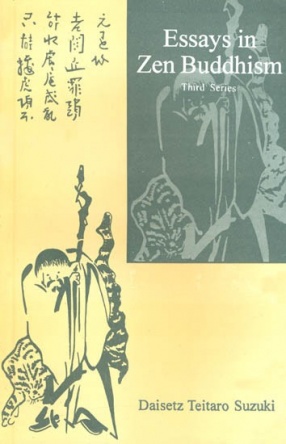
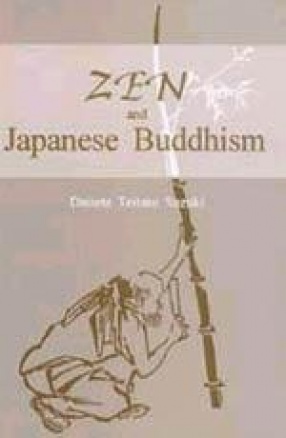
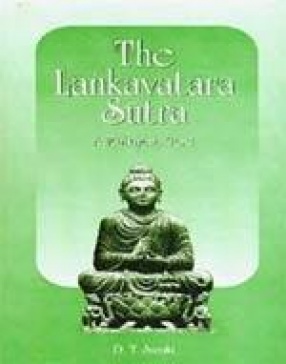

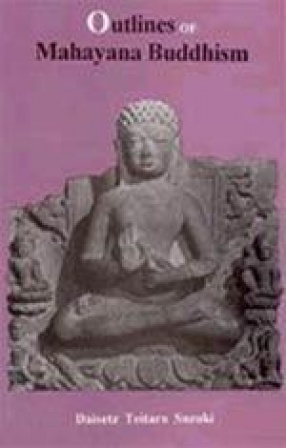
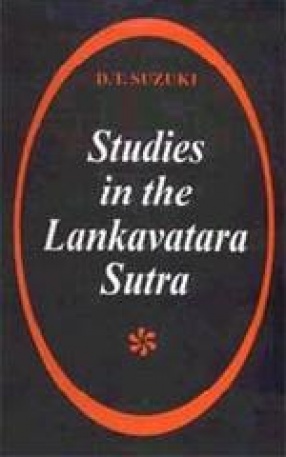



The book contains a number of essays which D.T. Suzuki wrote from time to time concerning the specificity and uniqueness of Zen Buddhism, or the school of Buddhism that values meditative practice more than philosophical thinking. The book may be considered as an introduction to Zen on account of the concern shown for such themes which a beginner needs to know. In the very first essay is explained as to what Zen way of life denotes. Many find it difficult to ...

In this book the author has tried to trace the relationship which exists between Zen and the two chief Mahayana Sutras the Gandavyuha and Prajnaparamita, and then the transformation, through which Indian Buddhism had to go while adapting itself to Chinese psychology. The Chinese are a practical people quite different from the Indian, who are highly endowed with the power of abstraction as well as an inexhaustible mine of imagination. It was natural that the ...

Zen has played a unique role in the cultural history of Japan. Zen is to be singled out as a pre-eminent spiritual force that contributed so much to the formation of Japanese culture and character. Zen and Japanese Buddhism go together, but still Zen comes first. Zen is the principle of freedom and democracy. The interest of the Japanese people in culture, with all its manifold efflorescence, have increased with the Zen--a form of Buddhism.

The present translation of D.T. Suzuki is based upon the Sanskrit edition of Bunyu Nanjo (1923). The Lankavatara Sutra reflects those fundamental themes of Buddhism which the Mahayana in general cherishes and upholds. It looks at existence from the absolute and relative realms, and thinks that suffering will be experienced so long as one confines oneself to the realm of the relative. Since the relative cannot be ultimately realm, it has to be seen as nothing more ...
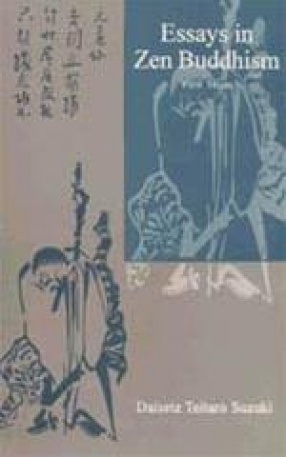
The most fruitful growth of Buddhism in the Far East has resulted in the development of Zen and Shin. Zen attained its maturity in China and Shin in Japan. The vigour and vitality which Buddhism still has after more than two thousand years of history will be realized when one comes in contact with these two branches of Buddhism. The one appeals to the inmost religious consciousness of mankind, while the other touches the intellectual and practical aspects of the ...

Manual of Zen Buddhism's main object is to inform the readers to various literary materials relating to the monastery life. It also tells us about those edicts which the Zen monks read before the Buddha in daily service in the different quarters of institution.

Outlines of Mahayana Buddhism of Dr. Suzuki is one of the finest introductory manuals to date on Mahayana school of Buddhism. As an introductory essays, Dr. Suzuki has endeavoured, within the limitations space, to be as comprehensive as is possible. Written in a style that is lucid, transparent and easy to read, the book sets out to present the most intricate and complex Mahayana philosophical doctrines in such a manner that an average reader can grasp them. In ...

The Lankavatara Sutra is one of the most important Mahayana texts, and the Nepalese Buddhists consider it to be one of the nine canonical texts. The text contains almost all the main ideas, both philosophical and theological, of Mahayana Buddhism. The Yogacara School of Mahayana considers this text to be its fundamental text, as it contains all those ideas of idealism, like Mind-only, store-house-consciousness, which would form the basis of the philosophy of this ...

